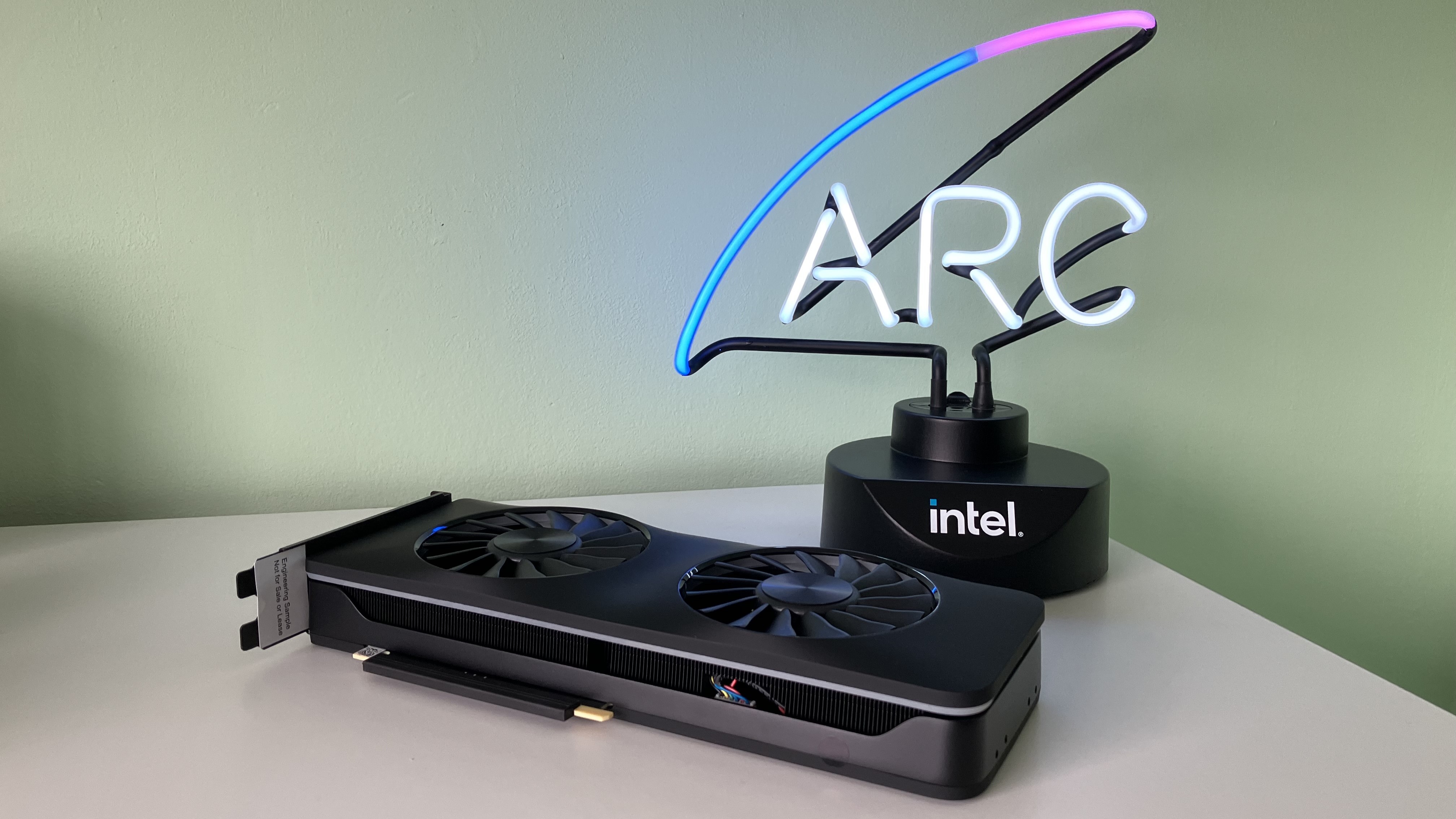
What you need to know
- A user managed to overclock his Acer Predator BiFrost A770 to 3586 MHz.
- The overclocking process showcased different outcomes under varying workloads.
- Power and voltage were some of the challenges that impacted the overclocking process.
Intel's Arc A770 graphics card is quite impressive, and while it stacks miles away from key players in the industry like AMD and NVIDIA, it's a cost-friendly PC part for gamers. It sports a solid 1080p performance and has the capability to run some games at 1440p.
Most graphic cards often ship factory-overclocked, but SkatterBencher took a step further to push the limits of his Acer Predator BiFrost A770, ultimately unlocking impressive feats, as reported by Tom's Hardware.
The Intel Alchemist GPU defaults to a 2400 MHz boost clock, but SkatterBencher overclocked it to 3586 MHz. This translated to a 25% boost. But as expected, the GPU became unstable quickly, resulting in the screen freezing, prompting a system reboot. The user could only maintain the high frequency for a few seconds.
SkatterBencher further indicated that the temperature on the liquid nitrogen container was at -80°C, and the processor hit -50°C during the entire process.
However, the overclocking process varied significantly under different types of workloads. For instance, while under light workload, the processor hit a peak frequency of 3400 MHz at 1.285V, while its temperature sunk to -30°C.
During a 3DMark Benchmark, the GPU hit a frequency of 3100 MHz, though the user couldn't complete more than one Time Spy game test. And finally, the GPU hit 3012 MHz at 1.12V while on a complete 3DMark run. He also added that the frequency helped achieve the top position in the 3DMark Night Raid benchmark across the A770 lineup.
Overclocking challenges
Based on the varied results, it's apparent that the Intel Alchemist GPU isn't suitable for overclocking. SkatterBencher highlighted some of the challenges he encountered while attempting this overclock as highlighted below:
The power limit of the GPU was one of the major challenges, coming in at 228W despite placing it under extremely cool temperatures. As such, the user leveraged the Predator Bifrost software application to bypass this limitation.
It's also worth noting that the GPU automatically alters the operating frequency when it hits a high voltage. This is mainly because of its voltage performance throttle. That said, it's quite difficult to get it to a voltage of anything above 1.2V. However, SkatterBencher found a way around this. Switching the voltage control mode from SVID to PMBus allowed him to adjust the MPS MP2979 voltage controller output directly from the ElmorLabs EVC2 device.
Moreover, the GPU's VRM design also encounters difficulties when its power consumption exceeds 330W. As such, when it hits a temperature of 110°C, the device's GPU clock defaults to a base frequency of 2100 MHz. As a workaround, he adjusted the controller's VR_HOT threshold to mitigate the power constraints.
Be it as it may, it's still incredible that SkatterBencher was able to overclock Intel's Arc A770.







